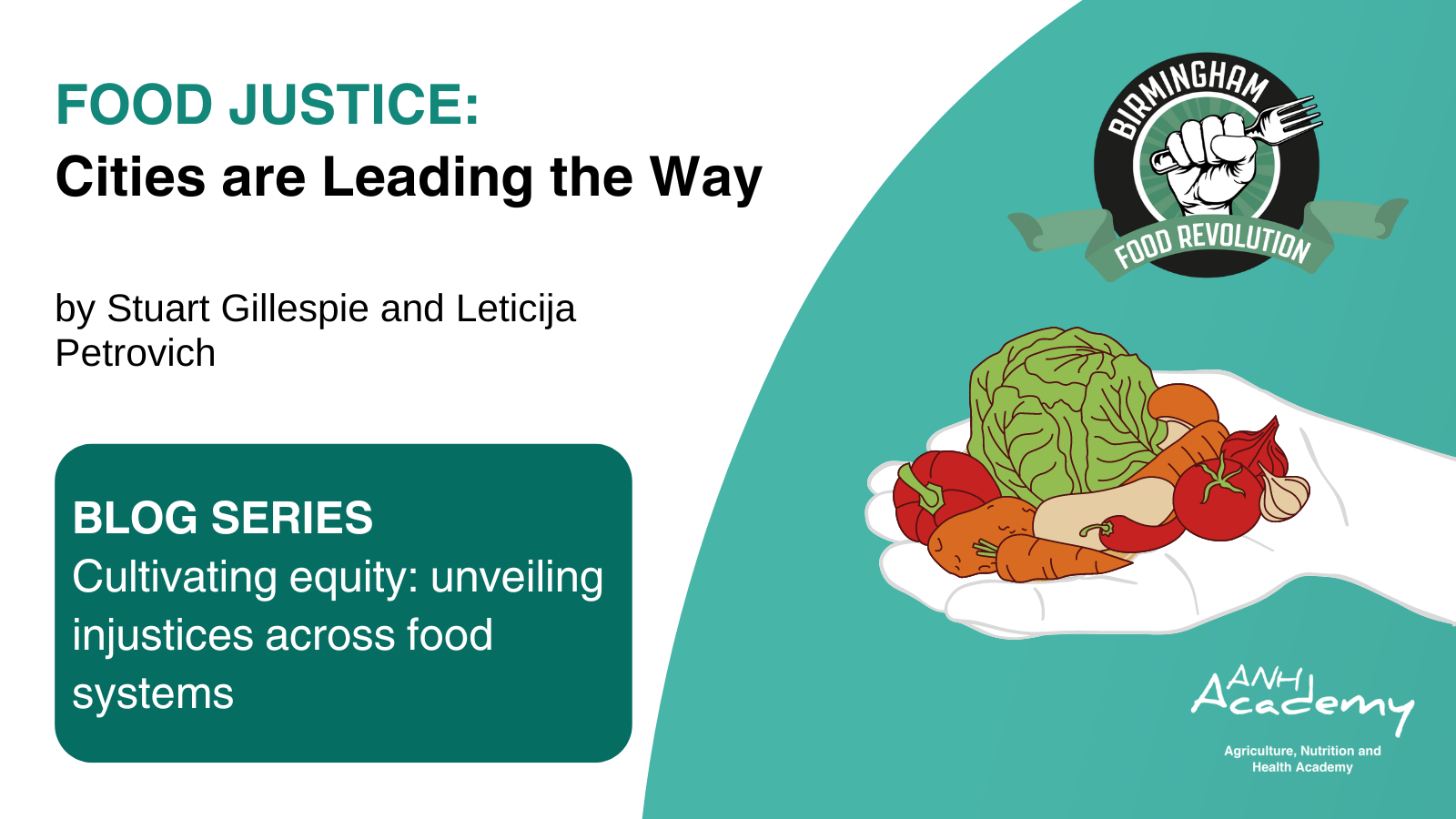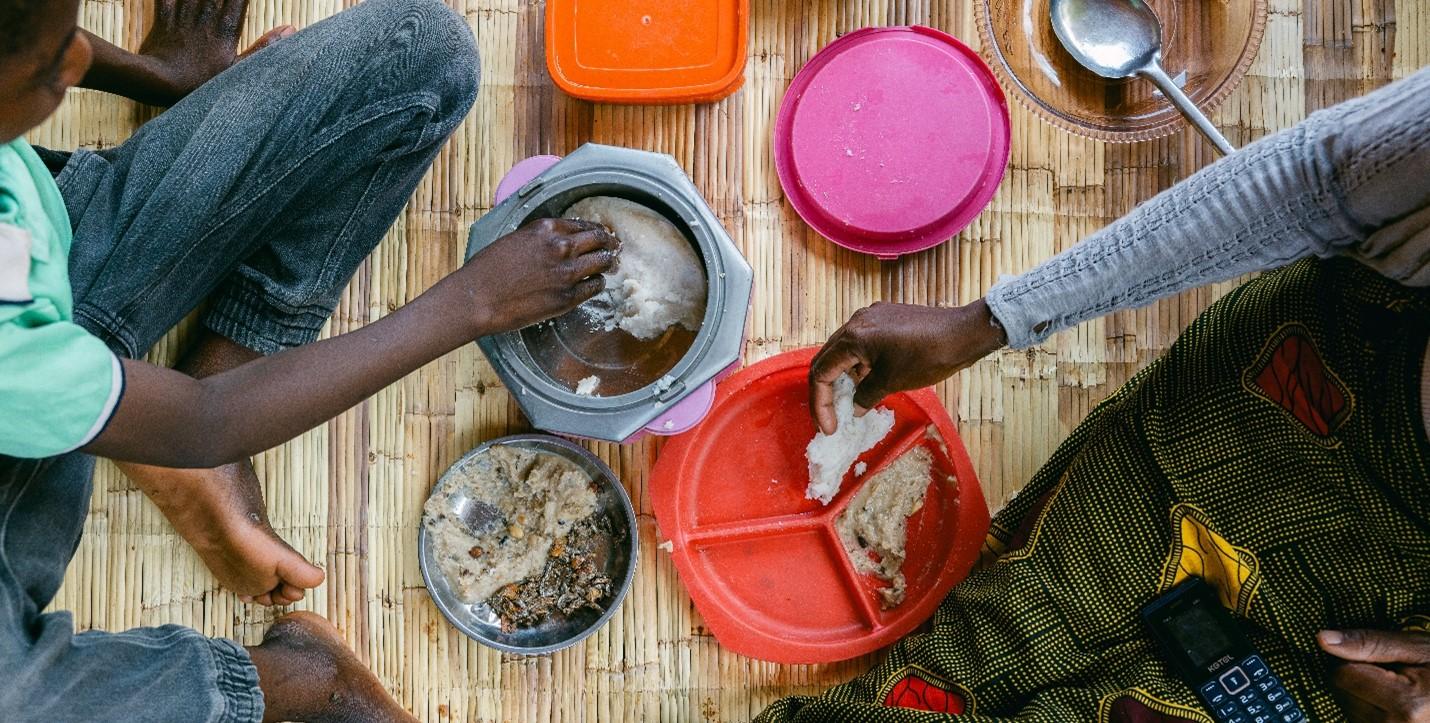Why soils matter in food and nutritional security
Soil is the core of all terrestrial life. Soil quality refers to the capability of the soil to support several of the important ecosystem functions. The availability of soil’s essential nutrients plays a great role in supplying these nutrients to food systems and eventually meeting the nutritional requirements of people dependent on the crops grown in these soils. Fertile soils produce nutrient-rich crops that in turn nourish people and animals, although plant species differ greatly in their inherent abilities to extract each nutrient from the soil. Indeed, however, soil quality is directly linked to food quality and quantity.
 Currently, it is evident that diet quality is as important as the quantity of calories consumed. In many parts of the world poor dietary quality and micronutrient deficiencies are more widespread than low energy intake. These deficiencies are recently recognized as the key contributors to the global burden of disease.
Currently, it is evident that diet quality is as important as the quantity of calories consumed. In many parts of the world poor dietary quality and micronutrient deficiencies are more widespread than low energy intake. These deficiencies are recently recognized as the key contributors to the global burden of disease.
Macro- and micronutrient deficiencies exist in many agriculturally important soils of the world. In sub-Saharan Africa, a significant part of the total arable land faces serious soil fertility issues and in some cases soil micronutrient deficiencies are thought to be severe. This inadequate micronutrient availability in soils not only affects crop productivity, but also leads to poor nutritional quality of crops and animals, and as a result contributes to malnutrition in humans.
Nutritional security is more complex than food security. Its scope extends from soil quality to agronomic and postharvest potentials, to economic access and dietary choices. With this in mind, it is clear that to decrease the prevalence of malnutrition and hidden hunger, soil quality must be improved, especially in developing countries where a significant part of the population is dependent on its own food production. Hence, building a link between soil and human nutrition is currently a required strategy to optimize human health.
Analyzing total nutrient concentrations in dried plant material and surveying availability of mineral elements in soils and associated soil factors are convenient methods for assessing soil–plant nutrient status. While assessing soil quality, it is important to explore a range of physical, chemical, and biological properties. Poor nutritional quality of crops as a result of soil fertility loss is addressed by supplying crops with appropriate fertilizers and breeding crops with greater ability to acquire and accumulate the limited mineral elements in their edible portions. Direct linkages between iodine, selenium and zinc levels in soil and human status of these nutrients have been reported. As for iron, uptake by plants and humans is highly complex and does not correlate well with soil’s iron level, yet a positive relationship between poor iron availability from soils and the occurrence of human iron deficiency must not be ignored. Human iron deficiency in tropical regions, where iron deficiency in crops is unusual, might be associated with zinc deficiency in soil. Zinc deficiency has implications not only for iron status, but for vitamin A status as well. However, no published findings reported the relationship of these soil deficiencies to human nutrition and health in Ethiopia.
The Ethiopian situation
Soil degradation (depleted organic matter, top soil erosion, acidity of soils, and soil salinity) is considered a serious challenge to sustained food security and agricultural growth in Ethiopia. Ethiopian soils are deficient in various essential nutrients like boron, nitrogen, phosphorus, potassium, sulfur, zinc and copper, although severity differs from region to region. Some nutrients like iron are in a sufficient range in many parts of the country. However, nutrient availability to crops depends on numerous soil and crop factors such as: soil pH, organic matter content, soil texture, adsorptive surface, nutrient interactions in the soil, and crop varieties. Thus, sufficiency of one nutrient in soil systems doesn’t guarantee the uptake of that nutrient by plants.
 Ethiopia is one of many sub-Saharan African countries greatly affected by protein-energy malnutrition plus vitamin A, iodine, iron and zinc deficiencies. These deficiencies are placed among the major public health challenges in the country. The cereal and root and tuber-based foods available in rural communities are low in protein and micronutrients, leading to nutrient deficiencies. A particular condition could also occur when in a region the majority of locally produced food sources do not acquire enough nutrients from the soil.
Ethiopia is one of many sub-Saharan African countries greatly affected by protein-energy malnutrition plus vitamin A, iodine, iron and zinc deficiencies. These deficiencies are placed among the major public health challenges in the country. The cereal and root and tuber-based foods available in rural communities are low in protein and micronutrients, leading to nutrient deficiencies. A particular condition could also occur when in a region the majority of locally produced food sources do not acquire enough nutrients from the soil.
Better human nutritional quality can be achieved through various practices and strategies, such as:
1) diversification of farming systems and diets,
2) food fortification and supplementation,
3) agronomic biofortification: application of fertilizers and soil amendments,
4) selection of plant varieties with high nutrient content and breeding for better crops with improved nutrient content, or genetic bioforticification.
These interventions differ in terms of cost, time and impact. The first approach may seem applicable in Ethiopia as the country has a diverse food consumption pattern. Nevertheless, consumption levels and mixes of food types normally differ according to variations in agro-ecology, socioeconomic levels, and livelihoods. Additionally, food consumption varies seasonally since the majority of people (rural) are dependent on their own production. Supplementation and food fortification, on the other hand, depend on a stable infrastructure and require financial support from a well established economy, which makes it less attractive to countries like Ethiopia. Biofortification is believed to be more realistic in reaching malnourished populations with limited access to diverse diets, supplements, and commercially fortified foods. Yet, the adoption and implementation of different new intervention programs is very limited in Ethiopia.
In general, some efforts are being made to enhance food and nutritional security in the country through governmental and non-governmental projects that are expected to play an essential role in micronutrient nutrition and health in Ethiopia. Perhaps more attention could be paid to integrated soil nutrient management interventions.
My IMMANA project
 Currently, as part of my post-doctoral research a study is conducted in eight rural villages of three Kebeles (the smallest administrative unit in Ethiopia) in southern Ethiopia. The study assesses the nutritional status, dietary intake and dietary diversity of women and children in relation to soil quality. This is done through structured interviews, anthropometric measurements and soil and food analyses to develop a model that will work in other parts of the country.
Currently, as part of my post-doctoral research a study is conducted in eight rural villages of three Kebeles (the smallest administrative unit in Ethiopia) in southern Ethiopia. The study assesses the nutritional status, dietary intake and dietary diversity of women and children in relation to soil quality. This is done through structured interviews, anthropometric measurements and soil and food analyses to develop a model that will work in other parts of the country.
At this stage of the project, preliminary results show the study areas to be dominated by red brown soils with pH ranging from strongly acidic to moderately acidic for 8% and 50% of sampled household farms, respectively. The rest were in the range of neutral and moderately alkaline condition. The soil’s total nitrogen levels were low to medium. Most fields had low to medium organic matter content. Based on the Electrical Conductivity (EC) test, soils of the study sites were free of soluble salts. Other lab analyses for micronutrients are underway.
The proportion of children who received minimum dietary diversity was 25% and only 14% for mothers. The anthropometric assessment of children indicated 13%, 26%, and 38% were wasted, underweight and stunted, respectively. More than half of the children had low hemoglobin levels (anemic) and most mothers were mildly anemic.
Later in the project, linkages will be made between the nutritional status of humans and soil quality in the study sites. Hopefully the results obtained in this investigation will be of great value for further interventions dealing with food and nutritional security in poor communities of Ethiopia.
Contributed by Dr. Semira Mohammed Beyan, IMMANA Fellow, University of Hawassa, Ethiopia
Photo credits: Semira Mohammed Beyan
Photos:
Top: Impressive soil and water conservation practices (terraces and ditches) at Waraza Lasho (one of the study sites)
Middle: Semira with field assistants during soil sampling for nutrient assessment using auger at depth of 2ocm
Bottom: Semira with women and children participating in the study, gathered for discussion at Waraza Lasho health extension office






